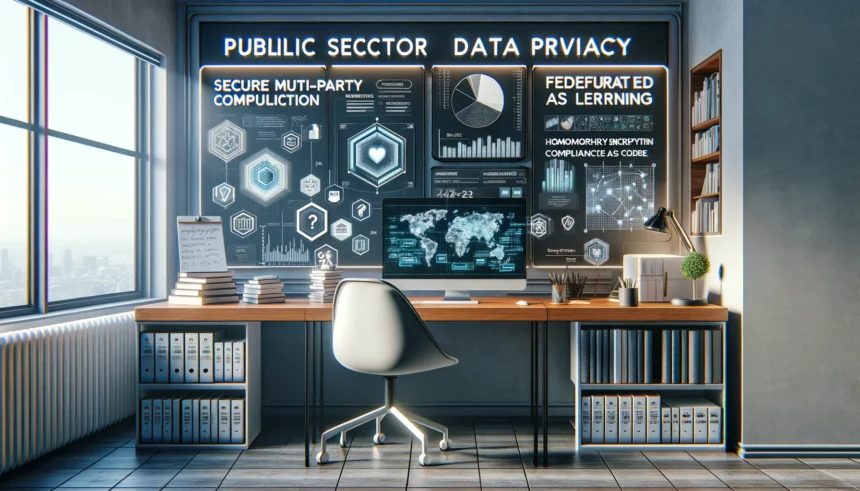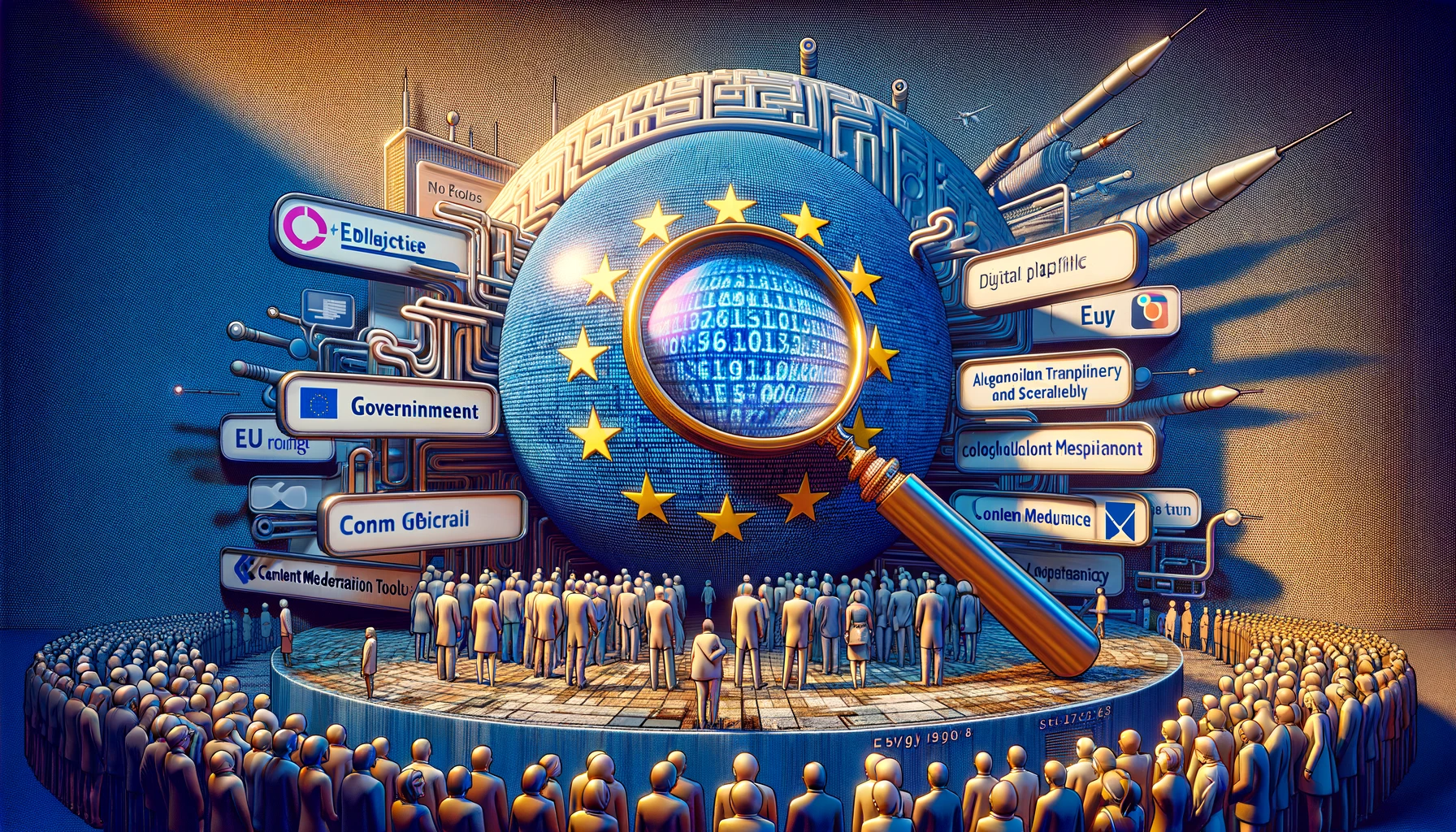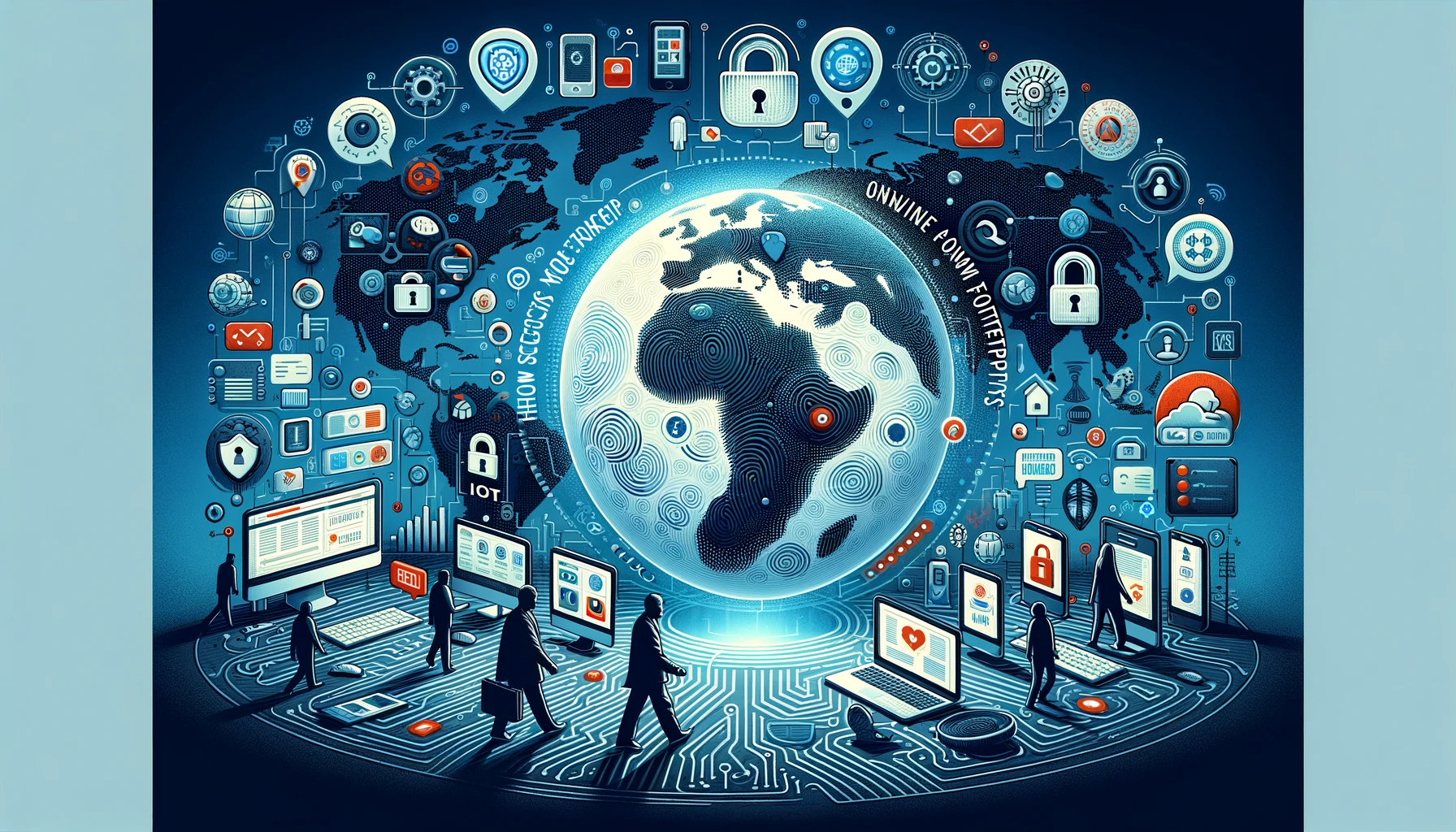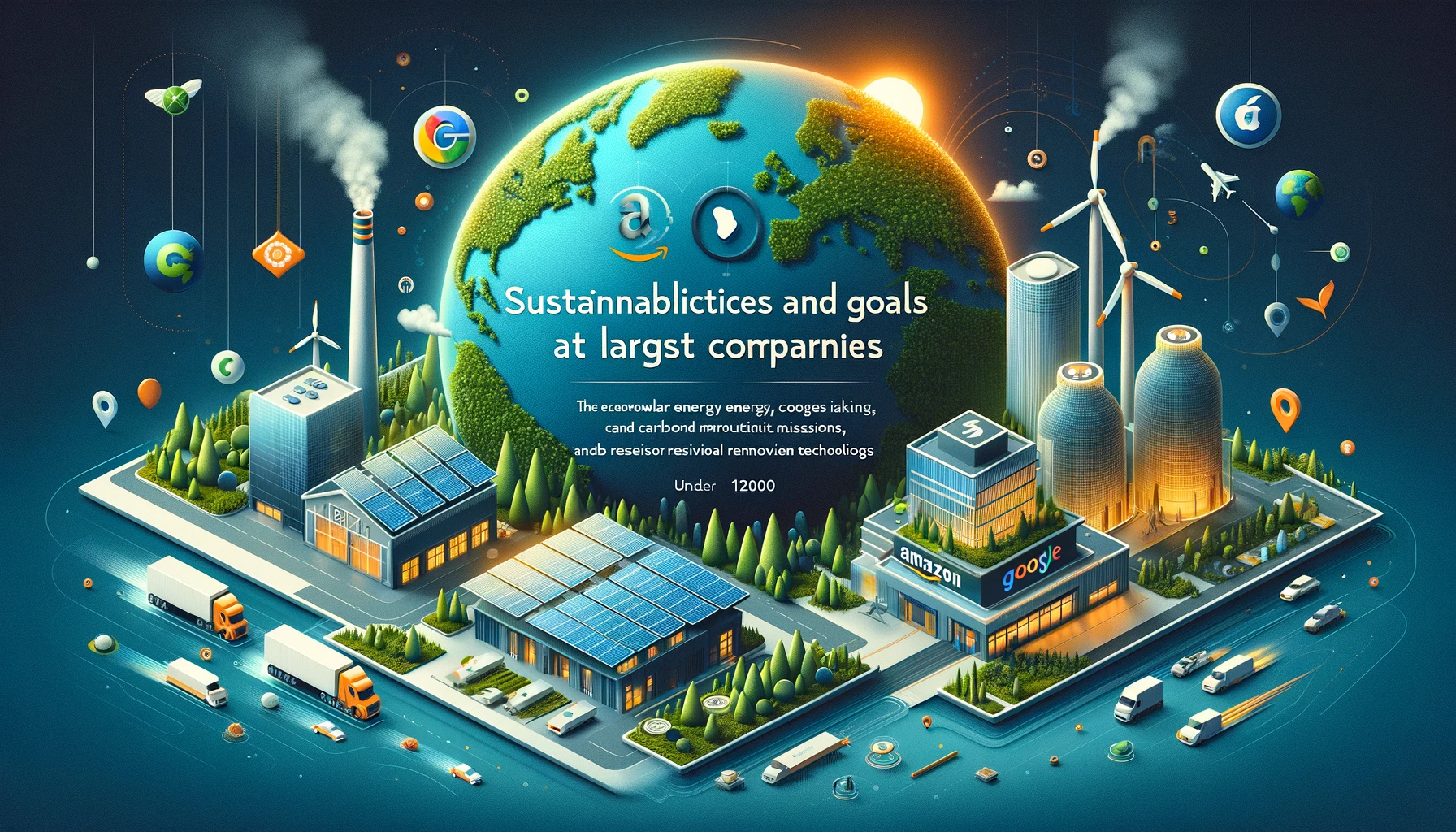Balancing privacy, convenience, and user experience is a tricky task for any organization, especially in the public sector. The need to protect sensitive information while ensuring efficient service delivery often creates friction. This article explores how organizations can address these challenges and leverage technology to enhance privacy without compromising convenience.
Contents
Finding the Balance: Privacy vs. Convenience
- The Friction Factor: There’s always a delicate balance between privacy and convenience. Just like cybersecurity, privacy requires trade-offs. People often trade privacy for convenience, but organizations need to prioritize privacy risk and best practices over public opinion when designing technology.
- Evolving Standards: Privacy expectations have changed over time. Today’s standards are higher, and organizations must continuously update their practices and technologies to meet public expectations. Clear, concise communication is crucial. The average time spent reading a privacy notice is just 90 seconds, so it’s important to convey complex information quickly and effectively.
The Role of Technology
- Privacy-Enhancing Technologies: Advances in technology offer ways to enhance privacy while maintaining convenience. For example, Secure Multi-Party Computation (MPC) allows different parties to collaborate on computations without revealing their individual inputs. This means organizations can combine data for analysis while keeping sensitive information confidential.
- Federated Learning: This approach allows machine learning models to be trained on data from multiple organizations without sharing the data itself. It’s a powerful way to maintain privacy while benefiting from collective insights.
Advice for Public Sector Organizations
- Stakeholder Engagement: Involve key stakeholders from the beginning, including data protection, cybersecurity, legal, and technology experts. This ensures comprehensive consideration of privacy and technology constraints. Early engagement prevents issues like impractical data-sharing agreements that can derail projects.
- Upskilling: If you lack data privacy engineers, invest in training for your data scientists, developers, and cybersecurity teams in privacy-enhancing technologies.
Successful Examples in the Public Sector
- COVID Tracking App: In the UK, the COVID tracking app is a prime example of privacy-focused technology. By using on-device computing, it ensured that sensitive data remained on users’ phones, enhancing both privacy and efficiency.
Impact of AI on Data Privacy
- Data Requirements: AI projects require large amounts of data, raising privacy concerns. Public sector organizations should use techniques like anonymization and pseudonymization to protect personal data.
- Transparency: Building trust is crucial. Clearly communicate the purpose and progress of AI projects to all stakeholders, ensuring transparency throughout the project lifecycle.
Top Privacy-Enhancing Technologies
- Secure Multi-Party Computation (MPC): Enables secure data sharing and analysis without unencrypted data leaving its environment.
- Federated Learning: Allows machine learning on multiple data sets without exposing sensitive information.
- Private Set Intersection: Identifies overlaps in data sets without disclosing sensitive details.
- Compliance as Code: Embeds compliance requirements into code for continuous, automated adherence to regulations.
- Homomorphic Encryption: Allows computations on encrypted data without decrypting it, maintaining confidentiality throughout processing.
Essential Cybersecurity Practices
- Vulnerability Management: Regularly scan, prioritize, and fix software vulnerabilities. Stay updated on advisories and patches.
- Access Control: Use multi-factor authentication, apply least privilege principles, and regularly review access permissions.
- Privacy in Threat Models: Include privacy considerations in your threat models to build robust security requirements that protect data.
Implementing these practices as part of a holistic information security management program significantly reduces risk and enhances privacy protection. Strong security is the foundation of effective privacy management.
















